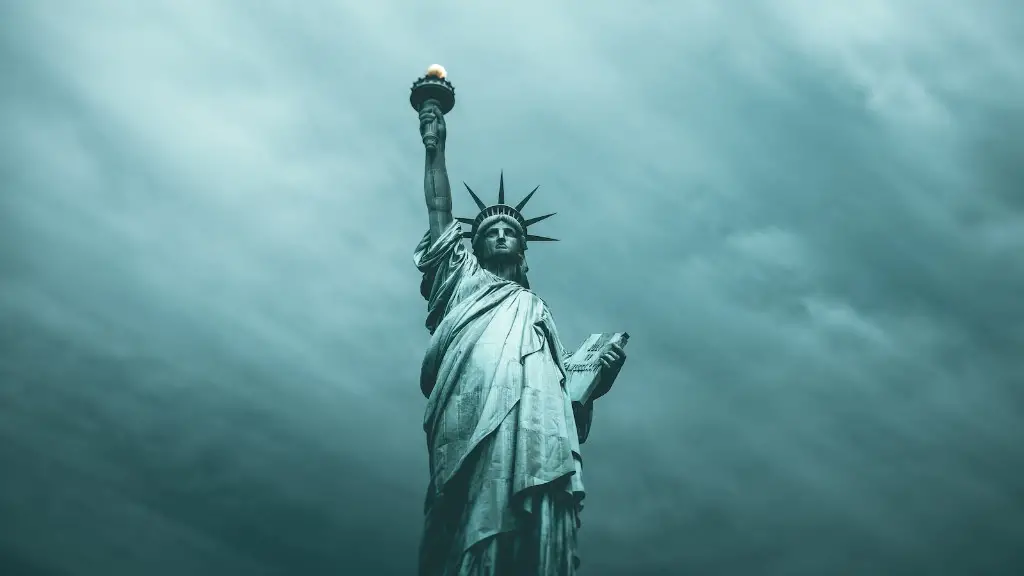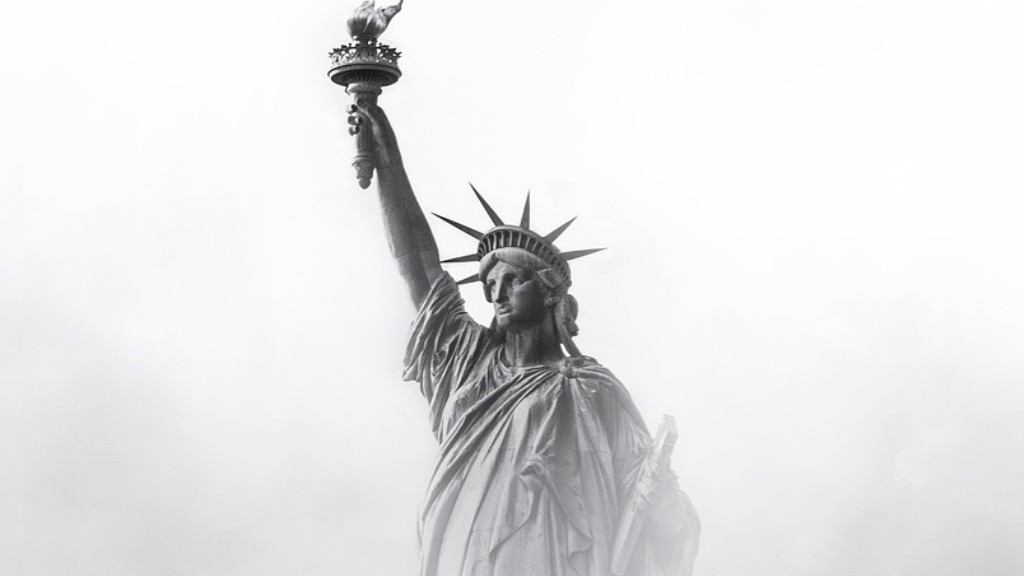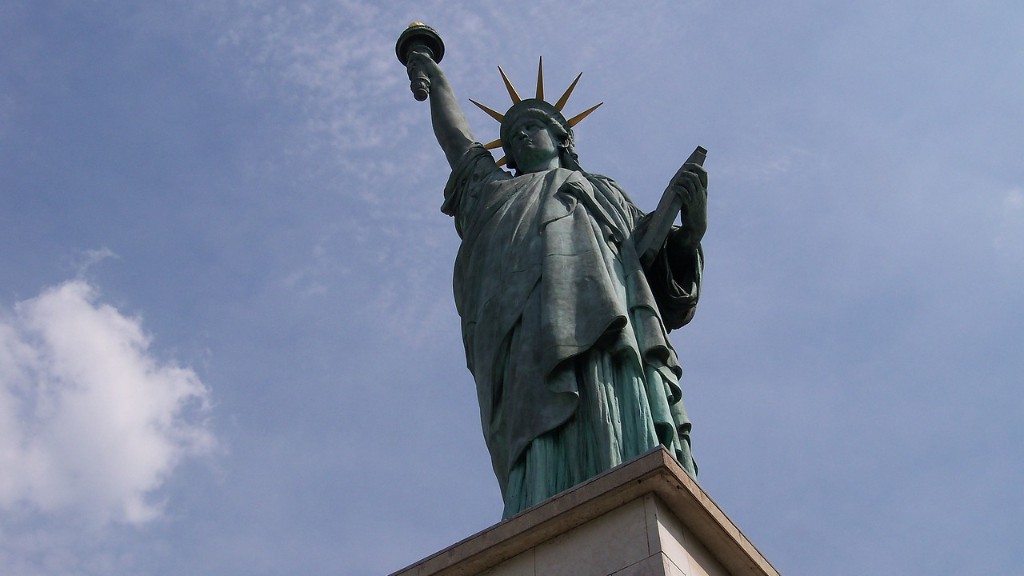History of the Forbidden City
The Forbidden City was the imperial palace of the Ming and Qing dynasty from 1420 to 1912. It was first constructed in 1406 by Emperor Yongle, the third emperor of Ming Dynasty, under the supervision of one of his most trusted advisers, Yuan Chonghuan. The massive fortress gives us an insight into the highly regulated and hierarchical culture of the past Chinese empire. It was declared a World Heritage Site in 1987 and is one of the most popular tourist attractions in Beijing.
Architectural Design
The Forbidden City is known for its size and the scale of the architecture. It covers a whopping 720,000 square metres and is home to more than 8,000 rooms over a total of nine main courtyards. Entire halls and other structures have a symmetrical layout that follows strict feng shui principles, including the colour of the walls, the landscaping and also the placement of various features. In the past, each building was specifically constructed for a certain purpose, such as official meetings, relaxation, religious rituals or for banquets.
The majority of buildings are made from wood, with red walls and yellow rooftops – the imperial colour scheme. Decorative carvings, carved door panels and delicate paintings can be seen around the walls and roofs. The buildings are complemented by numerous gardens that feature lush vegetation, elaborate rockeries and pavilions. It is said that the palace grounds are designed to represent the perfect combination of nature and man.
Purpose of Building
The primary purpose of the Forbidden City was to provide a resting ground for the imperial court and its members. The highly fortified walls and towers not only provided safety and protection but they also served as a reminder to the Chinese people of their emperor’s power and authority. The many gates and doors are also believed to be symbolic of the different levels of access given to the varying ranks of the court.
In addition to providing protection and conferring authority, the Forbidden City also served many other purposes. It was used as an official residence for the emperor and his family, for religious ceremonies, for banquets and diplomatic meetings as well as other official business. The highly formal and regulated life of the court would have been regulated by the emperor himself.
Meaning of Forbidden City
The name ‘Forbidden City’ comes from its lack of public access. To ordinary citizens, it was almost illegal to even pass one step within the grounds of the palace. For centuries, it has been the single most important symbol of Chinese emperors and the grandeur they held. This impenetrable fortress left a legacy that has become the gold standard to which ancient Chinese architecture and art are compared.
The Forbidden City has also stood as a reminder of a highly structured society. From its origins as a palace of an emperor surrounded by loyal courtiers and servants, the Forbidden City served to demonstrate the power of the imperial court and the loyalty of its subjects. Furthermore, the value placed upon its symbols of art and culture signify the importance of education and culture in this renowned imperial palace.
What kind of Emperors were Forbidden City for?
The Forbidden City was primarily used by the 15 successive Ming and Qing Emperors, from 1420 to 1912. During this period, the palace complex underwent numerous renovations and additions, with each emperor adding his own touches to ensure its existence as a royal palace. The emperors had great influence on the fate of the nation and even greater influence on the lives of their subjects. They had absolute authority, exemplified by their power to build monuments like the Forbidden City.
The Ming and Qing dynasties were renowned for their attention to detail when it came to the preservation of the Culture of China. The Emperors used the city for banquets and diplomatic meetings, cultural events, religious ceremonies and administrative matters. It became a symbol of their power and served as a reminder of the loyalty of their subjects.
How were the Forbidden City’s laws and regulations?
The laws and regulations of the Forbidden City were strict and strictly enforced. The safety of the emperor and his family were of paramount importance and hence, the security measures were tight. There were strict punishments for anyone caught breaking the rules, ranging from corporal punishment to execution.
In addition, many of the buildings within the palace complex had their own set of rules and regulations, such as not speaking in the presence of the emperor or not bringing weapons or food into the palace. The Forbidden City also had an elaborate system of bureaucracy, with courtiers and servants assigned to specific tasks.
What is the Current Status of the Forbidden City?
The Forbidden City is now open to the public and serves as a major tourist attraction in Beijing. The palace complex is home to countless monuments, artifacts and sculptures that represent the rich history and culture of the Ming and Qing dynasties. Visitors can observe the various sights and take part in various activities like folk opera performances, tea ceremonies, painting classes and traditional workshops.
The palace grounds are also home to many museums, showcasing the many aspects of the history and culture of the Chinese empire. These exhibitions cover topics from daily life of court royal family members, their relationships with foreign nations, religious ceremonies and celebrations, traditional art and music.
How has the Forbidden City Influenced China’s Culture?
The Forbidden City has been a symbol of power, religion and culture in China for centuries. It has served as a platform for the Chinese people to interact and engage with each other, exchange ideas and pass down their culture.
For centuries, it has been the single most important symbol of Chinese emperors and their grandeur. Today, the Forbidden City is seen as a sign of unity, strength and resilience. It is a place of remembrance and a marker of a culture that is still alive today. It also serves as a reminder of the importance of tradition, values and respect for authority.
The Forbidden City has also served as an inspiration for countless artists, writers and intellectuals. Many have used the grandeur of the palace complex to create works that are a reflection of their own culture. From great poets to renowned painters, the Forbidden City has inspired some of the greatest works of Chinese culture.
What Events Happened in the Forbidden City?
Throughout its history, the Forbidden City has seen it’s share of important events. It has served as a royal residence, a site of diplomatic meetings and cultural events as well as religious ceremonies. The imperial court made important decisions, held celebrations and commemorated the passing of each emperor with grand events.
One of the most famous events to take place in the Forbidden City is the Summit of Six Nations, which was held in 1898. This event was attended by several important foreign powers and is seen by many as the turning point in Chinese history. The summit marked the end of the Qing dynasty, as the foreign powers sought to gain more control over China’s resources.
The Forbidden City also saw various royal weddings between the royal families of different countries, and also the funerals of several of the imperial rulers. In more recent times, the palace grounds have been the site of some of the most important political events in Chinese history, including the victory celebrations of Mao Zedong’s communist forces in 1949 and later, in 1972, the signing of the US-China agreement which restored diplomatic ties between the two countries.
How has Restoration Impacts the Forbidden City?
The restoration of the Forbidden City has been ongoing since it was declared a World Heritage Site in 1987. Over the years, a number of projects have been managed by the Chinese government to ensure that the buildings and landscape are preserved and restored to reflect their original beauty and grandeur.
The restoration processes have aided in the preservation of the many monuments and artifacts inside the palace complex. The buildings and artifacts of the Forbidden City are priceless pieces of Chinese culture and, thanks to the restoration efforts, are accessible to all for generations to come.
The Forbidden City has become a major tourist attraction in Beijing and its preservation has had a significant impact on Beijing’s economy. The revenue generated from tourists has enabled Beijing to invest in its infrastructure, which has in turn had many positive effects on the quality of life of its citizens and the city’s overall development.
Environmental Impact of the Forbidden City
The Forbidden City’s environmental impact is hard to ignore. It has served as a symbol of the power of the Chinese empire and, through its restoration and renovation efforts, has provided a sense of protection for a highly delicate and complex cultural system.
Despite this, the palace complex’s large size presents a number of environmental challenges. The amount of energy required to keep it running can have a negative effect on the environment, and the building materials used are also derived from natural resources that are becoming increasingly scarce.
Furthermore, the efforts to preserve the ancient structure can cause further environmental damage. The restoration processes involve the use of harsh chemicals, including lead-based paints and other toxins, which can be harmful to the local environment. The surrounding landscape is also at risk of degradation, as certain pests and weeds can rapidly spread and cause damage to the delicate ecosystem.
Conclusion
The Forbidden City has played an important role in the history of China. It has served as a royal residence, a place of religious ceremonies and political events, a reminder of the power of the imperial court, and a symbol of the values and traditions of the Chinese people.
Today, the palace complex is a popular tourist attraction, offering visitors an insight into the rich culture and traditions of China. Through the efforts of restoration and renovation, the Forbidden City stands as a reminder of its past grandeur and as a reminder of the need to respect and protect the environment.


